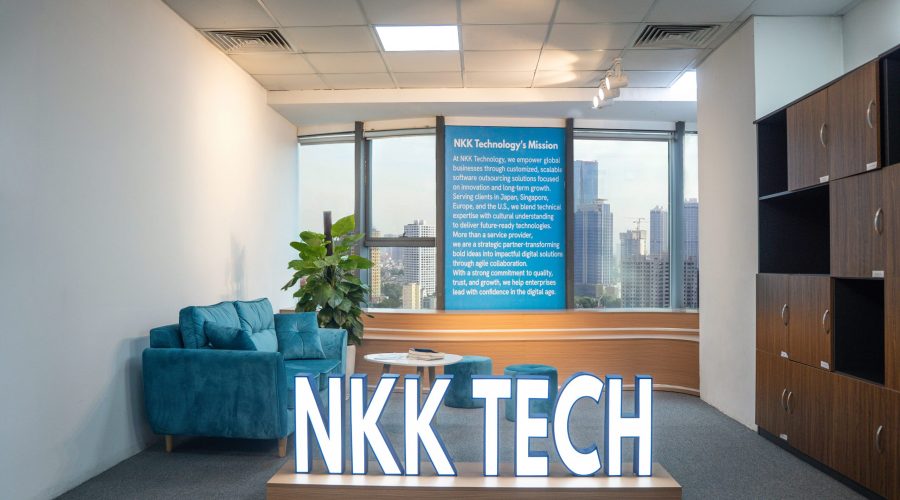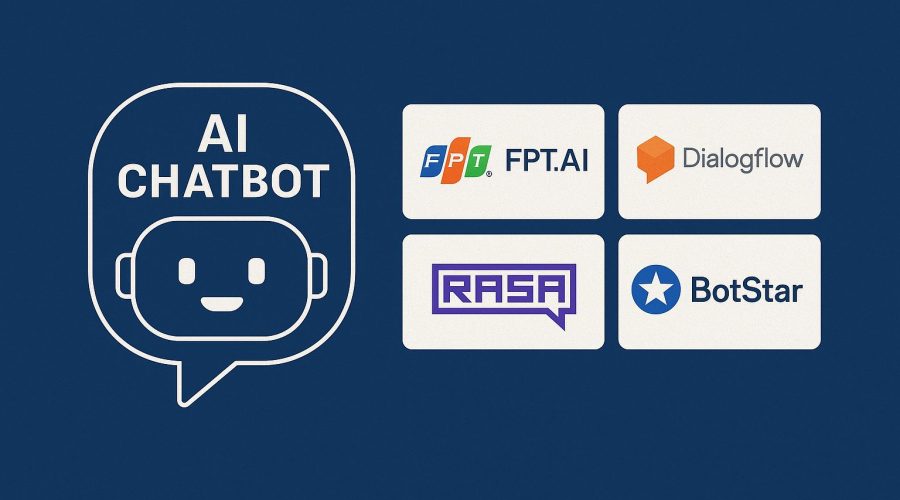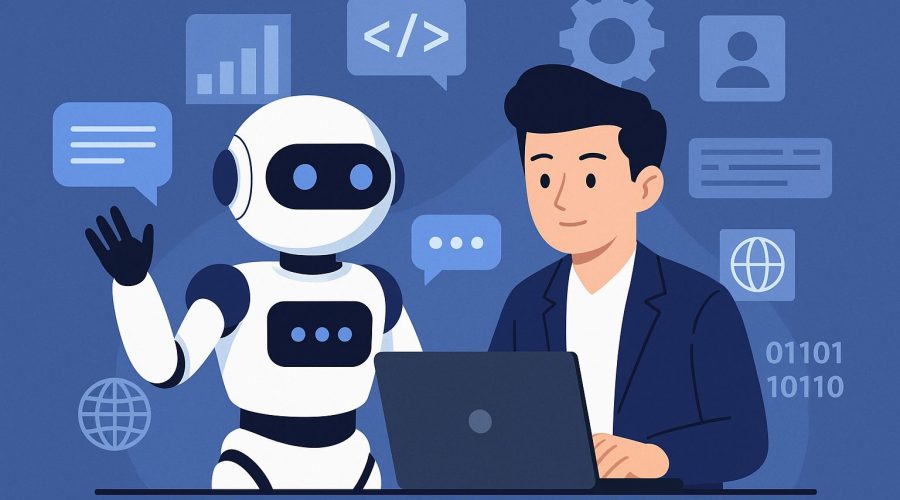Unlocking the Power of Chatbot Technology: A Comprehensive Guide
Have you ever interacted with a website or app and received instant, helpful responses without a human on the other end? Chances are, you’ve experienced the magic of chatbot technology. These intelligent virtual assistants are revolutionizing how businesses communicate with their customers, offering unparalleled efficiency and convenience. Understanding how this technology works and its vast potential is key for anyone looking to optimize operations or simply stay ahead in the digital world.
Table of Contents
- What Exactly is Chatbot Technology?
- The Core Components of Modern Chatbots
- Key Benefits of Implementing Chatbot Technology
- Where is Chatbot Technology Being Used Today?
- The Future of Chatbot Technology: Trends to Watch
What Exactly is Chatbot Technology?
At its heart, chatbot technology refers to software applications designed to simulate human conversation through text or voice interactions. Imagine a digital assistant always ready to answer questions, guide users, or even process simple requests. This innovative tech allows computers to engage in natural language conversations, making digital interactions feel much more intuitive. Essentially, a chatbot acts as a bridge between users and information, or users and services.
Initially, chatbots were simple rule-based programs that responded to specific keywords. For example, if you typed ‘hello,’ the bot would reply ‘hi.’ However, modern chatbot technology has advanced significantly, powered by artificial intelligence (AI) and machine learning (ML). These advanced bots can understand context, learn from past interactions, and even handle complex queries. They are no longer just glorified FAQ systems; instead, they are dynamic conversational interfaces. Businesses are increasingly adopting this technology to enhance their digital presence.
The evolution of chatbots traces back to early programs like ELIZA in the 1960s, but it’s the recent leaps in AI and Natural Language Processing (NLP) that have truly brought them into the mainstream. Today, they are an integral part of many online experiences, from customer support to marketing campaigns. Furthermore, they help businesses scale their communication efforts without needing to hire a vast number of human agents. This adaptability makes them invaluable across various industries.
The Core Components of Modern Chatbots
To understand how a chatbot functions, it’s helpful to look at its fundamental building blocks. Modern chatbot technology relies on several key components that work in harmony to deliver a seamless conversational experience. These elements enable bots to interpret user input, process information, and generate relevant responses.
🔹 Natural Language Processing (NLP)
NLP is the cornerstone of sophisticated chatbot technology. It enables the bot to understand, interpret, and generate human language. Think of it as the bot’s ‘brain’ for language comprehension. When you type a question, NLP breaks it down, identifies keywords, understands the intent, and extracts relevant entities. Without NLP, chatbots would merely be keyword matchers, lacking the ability to grasp the nuances of human communication. This crucial component allows for more natural and intuitive interactions.
🔹 Machine Learning (ML) and Artificial Intelligence (AI)
Many advanced chatbots are powered by ML and AI algorithms. Unlike rule-based bots that follow predefined scripts, AI-powered chatbots can learn from data and improve their performance over time. This means they can recognize patterns, adapt to new questions, and even personalize interactions based on user history. For instance, if a chatbot frequently receives a particular type of query, its ML models can be trained to respond more accurately and efficiently. This continuous learning process makes the chatbot more intelligent and useful with each interaction. This is why many refer to them as AI chatbots.
🔹 Dialogue Management and Integration
Dialogue management is the process of guiding the conversation flow. It ensures the chatbot remembers past exchanges and maintains context throughout the interaction. This is vital for complex conversations that require multiple turns. Additionally, modern chatbots often integrate with other systems like CRM (Customer Relationship Management) software, databases, or third-party APIs. This integration allows them to retrieve specific information, process transactions, or update records, extending their capabilities far beyond simple Q&A. For example, a chatbot might check order status by querying a database.
Key Benefits of Implementing Chatbot Technology
The adoption of chatbot technology is rapidly growing across industries, driven by its compelling advantages. Businesses are leveraging chatbots to enhance efficiency, improve customer satisfaction, and unlock new growth opportunities. These benefits extend from frontline customer interactions to internal operational efficiencies.
✅ 24/7 Availability and Instant Responses
One of the most significant advantages of chatbots is their round-the-clock availability. Unlike human agents who work specific hours, chatbots can operate 24 hours a day, 7 days a week, including holidays. This ensures that customers can get immediate answers to their questions, regardless of the time zone or time of day. Instant responses significantly improve user experience, reduce waiting times, and prevent potential customer frustration. This capability is particularly vital for global businesses serving diverse markets.
✅ Cost Reduction and Scalability
Implementing chatbot technology can lead to substantial cost savings. By automating routine inquiries and support tasks, businesses can reduce the need for a large customer service team, or reallocate human agents to more complex issues. Furthermore, chatbots offer unparalleled scalability; they can handle thousands, even millions, of concurrent conversations without additional overhead. This means a surge in customer queries during peak times or promotions won’t overwhelm your support system, ensuring consistent service quality. Businesses looking for effective customer service automation often turn to chatbots.
✅ Enhanced Customer Experience and Lead Generation
Chatbots provide a personalized and efficient customer experience. They can quickly access customer data, offer tailored recommendations, and guide users through processes seamlessly. This leads to higher satisfaction and increased loyalty. Beyond support, chatbots are powerful tools for lead generation. They can engage website visitors, qualify leads by asking relevant questions, and collect contact information, passing only warm leads to sales teams. This streamlining of the lead nurturing process makes them invaluable marketing assets.
Where is Chatbot Technology Being Used Today?
Chatbot technology has moved beyond simple customer support, finding diverse applications across various sectors. Its versatility makes it a valuable asset for improving user engagement, streamlining operations, and delivering specialized services.
1. Customer Support and Service
This remains the most common and impactful application. Chatbots handle frequently asked questions (FAQs), provide troubleshooting steps, process returns, and even escalate complex issues to human agents when necessary. They ensure quick responses and reduce the workload on human teams. Many companies now use chatbots as the first point of contact for customer inquiries, efficiently resolving a high percentage of requests. For example, many airlines use chatbots to help with flight status or booking changes.
2. E-commerce and Retail
In e-commerce, chatbots act as virtual shopping assistants. They help customers find products, offer personalized recommendations based on browsing history, track orders, and provide real-time support during the buying process. This enhances the shopping experience and can significantly boost conversion rates. A chatbot might ask about your preferences and then suggest suitable items, much like a human sales assistant. This is a prime example of effective chatbot development in action.
3. Healthcare and Education
Chatbots are increasingly used in healthcare for appointment scheduling, answering patient FAQs about symptoms or medications, and providing mental health support. In education, they assist students with administrative tasks, provide study resources, answer course-related questions, and even offer tutoring in specific subjects. Their ability to deliver information instantly makes them powerful tools in these critical fields. These virtual assistants are helping people access information more easily.
4. Internal Business Operations
Beyond external customer interactions, businesses use chatbots internally to automate HR functions, IT support, and employee onboarding. They can answer common employee questions about policies, benefits, or technical issues, freeing up HR and IT staff. This improves internal efficiency and ensures employees get quick answers to their queries, boosting productivity across the organization.
The Future of Chatbot Technology: Trends to Watch
The field of chatbot technology is constantly evolving, driven by rapid advancements in AI, machine learning, and natural language processing. Looking ahead, several exciting trends are poised to shape the next generation of conversational AI, making chatbots even more sophisticated, intuitive, and integrated into our daily lives.
A. Hyper-Personalization and Emotional Intelligence
Future chatbots will move beyond generic responses to offer highly personalized interactions. They will leverage vast amounts of user data, including past purchases, preferences, and even emotional states, to tailor conversations. We can expect chatbots to develop greater emotional intelligence, detecting user frustration or happiness through language analysis and adjusting their tone and approach accordingly. This level of personalization will make interactions feel more human-like and empathetic.
B. Voice Integration and Multimodal Experiences
While text-based chatbots are prevalent, the future will see a greater emphasis on voice integration. As voice assistants like Siri and Alexa become more common, people will expect to interact with chatbots using natural speech. Furthermore, multimodal experiences, combining text, voice, images, and even video, will become standard. Imagine a chatbot that can show you a product video in response to a spoken query, or guide you visually through a troubleshooting process. This integration will create richer, more engaging interactions.
C. Ethical AI and Enhanced Security
As chatbot technology becomes more powerful and pervasive, ethical considerations and data security will take center stage. Developers will focus on building transparent, fair, and unbiased AI models. Ensuring user data privacy and preventing misuse will be paramount. Regulations around AI ethics and data governance will likely become more stringent, pushing companies to adopt best practices in secure chatbot development. The industry will prioritize building trust and ensuring responsible AI deployment. For more insights into emerging tech trends, consider visiting the Nokasoft blog.
Chatbot technology is not just a passing fad; it’s a fundamental shift in how we interact with digital services and information. From streamlining customer service to revolutionizing business operations, its impact is profound and growing. As AI continues to evolve, chatbots will become even more intelligent, indispensable, and seamlessly integrated into our daily lives.
🌟 Ready to explore how advanced chatbot technology can transform your business? Contact us today for a personalized consultation!




